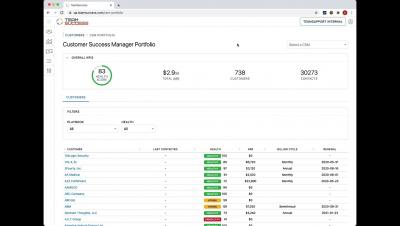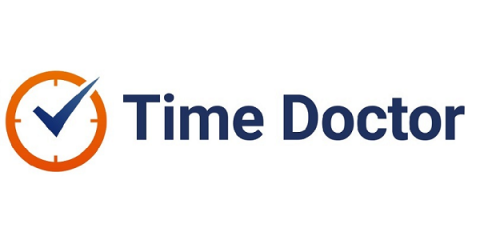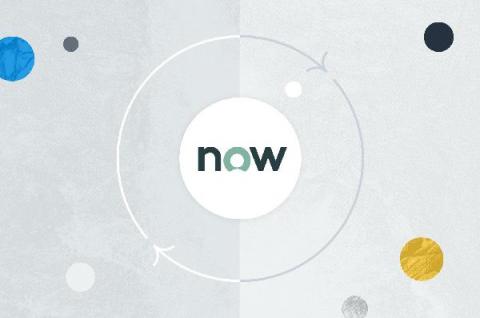Teams | Collaboration | Customer Service | Project Management
%term
Coworking Trends: 11 Predictions for 2021
Nowadays, everyone is wondering about what the future workplace will look like. The millennial generation is taking over the global workforce, and their preferences are giving birth to new trends. Remote work is becoming more relevant by the day in the business world. People who work remotely have the option of working from home or another place of their choice. However, work from home no longer appeals to everyone.
How to figure out if your CSAT benchmark is realistic (checklist included)
So you have a Customer Satisfaction Score (CSAT) benchmark. How do you figure out if the benchmark you’re using is realistic? Benchmarking can be a very helpful exercise but, if done wrong, can hinder team performance by setting unrealistic goals or expectations.
What's new in Teamwork
This month we’re thrilled to bring you some exciting new updates in Teamwork, Teamwork Mobile, and Teamwork Desk. From new inline editing capabilities within Table View to the Teamwork Desk Data Viewer, which helps you connect and visualize data from other sources directly in the ticket view, and new functionality within teamwork Mobile, we’ve got features that will get you to work more efficiently.
Zoom Fatigue: How to Recognize it and Tips to Overcome it
Work addiction is real - here's how to kick the habit
24/7 Support: Benefits and Tips for Providing Round-the-clock Support
According to KPMG, 58% of consumers say being able to shop 24/7 is the number one reason they shop online. Companies have international customer bases who are online round-the-clock, and that means a decent chunk of customers will be disappointed if they can’t receive help during off-hours. The Geckoboard Customer Support Experience Report 2021 found that 50% of customer support teams are only available during business hours Monday to Friday, and only 28% are available 24/7.
Maintaining Legal Policies While Employees Are Working at Home
What Is Customer Effort Score? [Free CES Survey Template Included]
Improving your company’s customer experience score by just 10% can boost revenue by more than $1 billion. In fact, simply improving your Customer Effort Score, also known as CES, can have a long-lasting impact on customer loyalty. A study by Gartner found that notably, 96% who had high-effort experiences reported being disloyal, compared to only 9% of customers with a low-effort experience.
New: Increase cross-platform visibility with our new ServiceNow integration
In a world of distributed and hybrid work, it’s more important than ever for organizations to create seamless workflows that empower collaboration and enhance cross-functional visibility. That’s why we launched Asana Partners, a single platform for distributed work that connects over 200 essential application partners.











